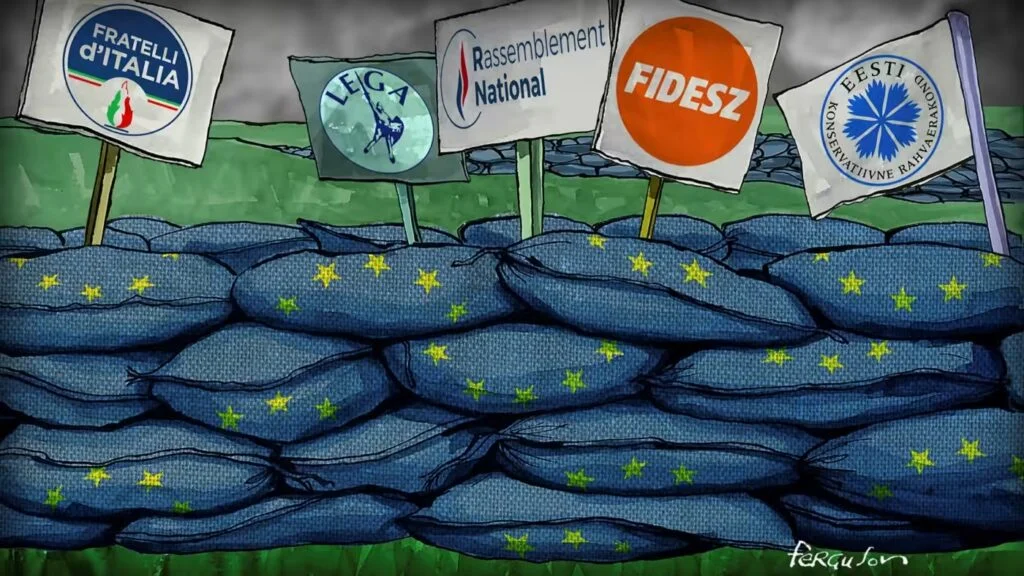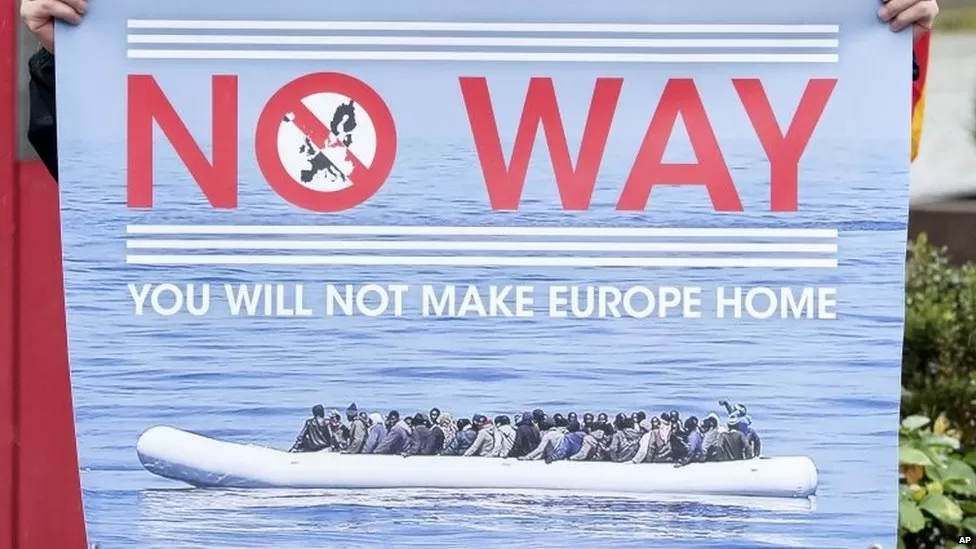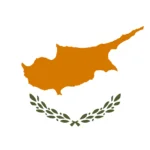Right-wing extremism is one far-right ideology that has grown globally over the past few decades. It emerged due to seeming societal changes, such as globalization and multiculturalism.
Europe is also undergoing the resurgence of right-wing extremism in recent years with a surge of anti-immigration, Islamophobia, and attacks on ethnic minorities, homosexuals, the homeless, and the disabled. The world has been listening to these significant risks posed by these violent right-wing extremists in Western countries for a long time. They often try to extend their influence and violent activities through music, sports, or by influencing political debate.

Right-wing extremists also try to gain more power in Europe by mainstreaming their ideology, disseminating their propaganda through mainstream social media, and internationalizing their ideas. Their ideas are also manifested in party politics on the radical right end of the spectrum.
What is Right-Wing Extremism?
Cas Mudde, a Dutch political scientist, explained a ‘ladder’ of abstraction of ideologies that defined the path of evolution of right-wing extremism as an ideology. It is an ideology of nationalism evolved with the process of xenophobia and became more radical, which resulted in nativism or radical nationalism. With the imposition of its authoritarian nature, it changed its form towards right-wing radicalism. Lastly, by replacing the principles of democracy, it acquires its crucial form of right-wing extremism. The ideology of right-wing extremism seeks to replace democracy, and in doing so, it endorses the use of violence against enemies of the nation. It includes specific concepts like neo-Nazism and neo-fascism.

Image by James Ferguson via Financial Times
In right-wing ideology, they always believe in supremacist ideas and ethnicity. They believe that their people, nation, and race are always superior to others. Right-wing extremists also use violence as a form of tool to enforce this. The proponents can often be distinguished into political parties, informal groupings, and non-parliamentary activist organizations.
Main Ideological Currents of Europe
Following the ideas of Nazi Germany, some groups that emerged widely in Europe were calling for racial supremacy, clearly showing their behaviour of anti-Semitism and also fighting for a totalitarian state. Thus, we can see the resurgence of the neo-Nazi group in recent years of Europe. Blood and Honour in the 1980s and the Nordic Resistance Movement in 2016 are the best examples of the neo-Nazi movements in Europe.
The right-wing extremist groups always want to preserve their European identity and believe that the islamisation of Europe will destroy their nations. It results from the large-scale migration of a particular community from different parts of the world to Europe.

Image courtesy-BBC
Another category of the so-called right-wing extremists in Europe does not accept the legality of governmental authorities, including the organs of government, institutions, and laws. A widely known example of this extremism is Germany’s Reichsbrger movement.
By practising the earlier ideas of Mussolini’s fascism, some movements have emerged by stating their need for a totalitarian, traditionalist and ethnic-nationalistic state. However, some old groups in this category have recently shifted their nationalistic interest to an anti-migration and anti-Islam focus. Some examples are the Italian CasaPound, the Polish National Radical Camp and All-Polish Youth.

Right-wing ideology is also related to some single-issue-related violence. The Incel movement that originated in North America was the best example of this single-issue extremism. It is a dangerous online subculture in which men who identify as ‘involuntary celibates’ try to raise misogynistic views about women, which leads to threatening law and order across the United Kingdom.
Trends in Right-Wing Extremism
Internationalization of the Movement
For a very long time right-wing extremist groups has been trying to connect internationally in the offline world. The current technological advancements accelerated this connection process on an enormous scale. By participating in various concerts and rallies, these extremists created stronger personal and organizational links with the world. Various neo-Nazi and neo-fascist organizations continue their international links with other individuals and groups.
Day of Honour in Budapest is an excellent illustration of right-wing extremist movements from around Europe.

Image courtesy-Al Jazeera
Mainstreaming Their Extremist Right-Wing Ideas
Right-wing extremists tried to normalize their radical ideas within mainstream society by involving in intellectual structures. They operated various methods like websites, newspapers, publishers, and think thanks to propagating their manifestations. They even tried the methods of humour and sarcasm to make their ideas acceptable worldwide.
Use of Internet
Right-wing extremists have been using the internet since the mid- 1980s to propagate their ideas and thoughts. However, it plays a crucial role in all aspects, from recruitment to dissemination. For this, they have used several networking sites, message services and applications. They provide a safe platform to disseminate their ideas to the public. They are operating primarily through online media to circulate their actions.

Future Risks in Dealing With Right-Wing Extremism
- Nowadays, extremist group members range not only from teenagers but also young adults. It is no longer a youth problem, and adults also participate in various extremist movements. So it is tough to identify the risk groups.
- In the coming days, it will not be easier to detect the signals of radicalization like codes, symbols and tactics of right-wing extremist groups.
- Earlier, offline monitoring in the form of massive arrests is used to prevent violence. The increased use of the internet is now posing a challenge to monitoring, prosecution and conviction of offences. It is also a significant risk in dealing with right-wing extremism.
- Cross-border cooperation should be necessary to tackle violent right-wing extremism.
Possible Measures to Deal With the Rising Right-Wing Extremism
It is high time to find ways to deal with the rising far-right ideology in Europe, especially as the continent is seeing more migrants than ever. Thus, these are some possible measures to counteract far-right extremism.
Firstly, a specific focus should be given to preventing discrimination, racism and xenophobia. This can be provided by giving European member states awareness at an institutional level. The creation of some committees can also be helpful in exerting influence on the public debate around this matter. Secondly, emphasis should be given to the educational approaches through youth work and in-school and out-of-school education. The creation of several non-governmental organizations can be an effective way to tackle the issue.
Thirdly, victims of racial discrimination and other harassment based on their religion, colour or place of birth should get full support for any violence and hate crimes they face from right-wing extremists. Supporting the affected individuals and their communities will help to deal more efficiently with such incidents. This can also play a role in preventing future incidents from extremists.

On a positive note, some NGOs and organizations have tried to challenge right-wing narratives online and offline. Amadeu Antonio Foundation, a German NGO, started an initiative to monitor, evaluate and combat hate speech and right-wing extremism is a clear-cut example to prevent it
Conclusion
Right-wing extremism has evolved significantly since the 1990s. It has operated traditionally and tactically using small and informal groups to target mainly minorities, immigrants and the government for a very long time. It mainly focused on rejecting the underlying principles of the rule of law and democracy. In order to implement, they used several forms of violence to pursue their objective. However, their extremist activities did not gain much media attention like other terrorist groups like ISIS.
It is becoming a more expanded, dispersed and truly globalized threat. Measures adopted to deal with this extreme right-wing violence have been quite successful in some areas but did not achieve a much better result.
You may also like:
Tunisia: A New Constitution, Presidential Powers and the Future of Arab Spring Achievements
About the Author

Born and raised in a highly conservative family, Rekha always wanted to shatter all chains surrounding her from achieving her dreams. She is pursuing her Masters in International Relations and Politics from Mahatma Gandhi University, Kottayam. Her fundamental research interest is in feminism. She also volunteers for the Sex Education Kerala (SEK) foundation.







[…] An Overview of the Rising Right-Wing Extremism in Europe […]
[…] An Overview of the Rising Right-Wing Extremism in Europe […]